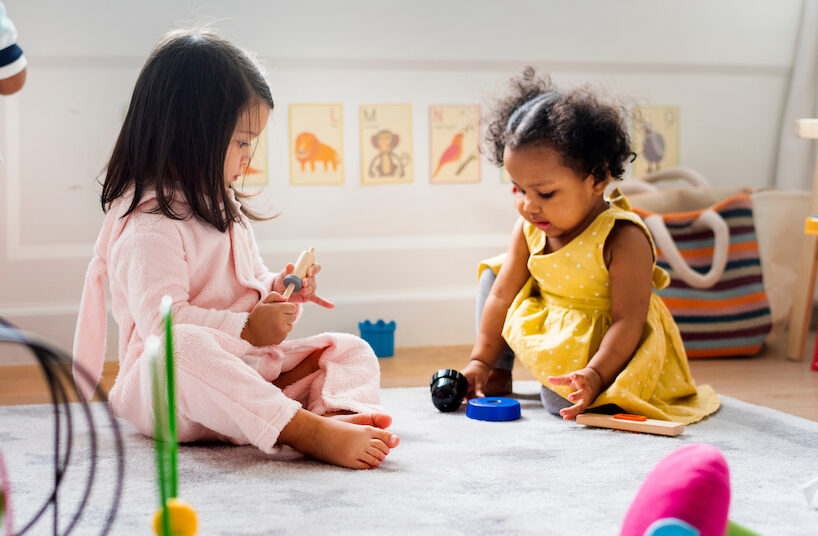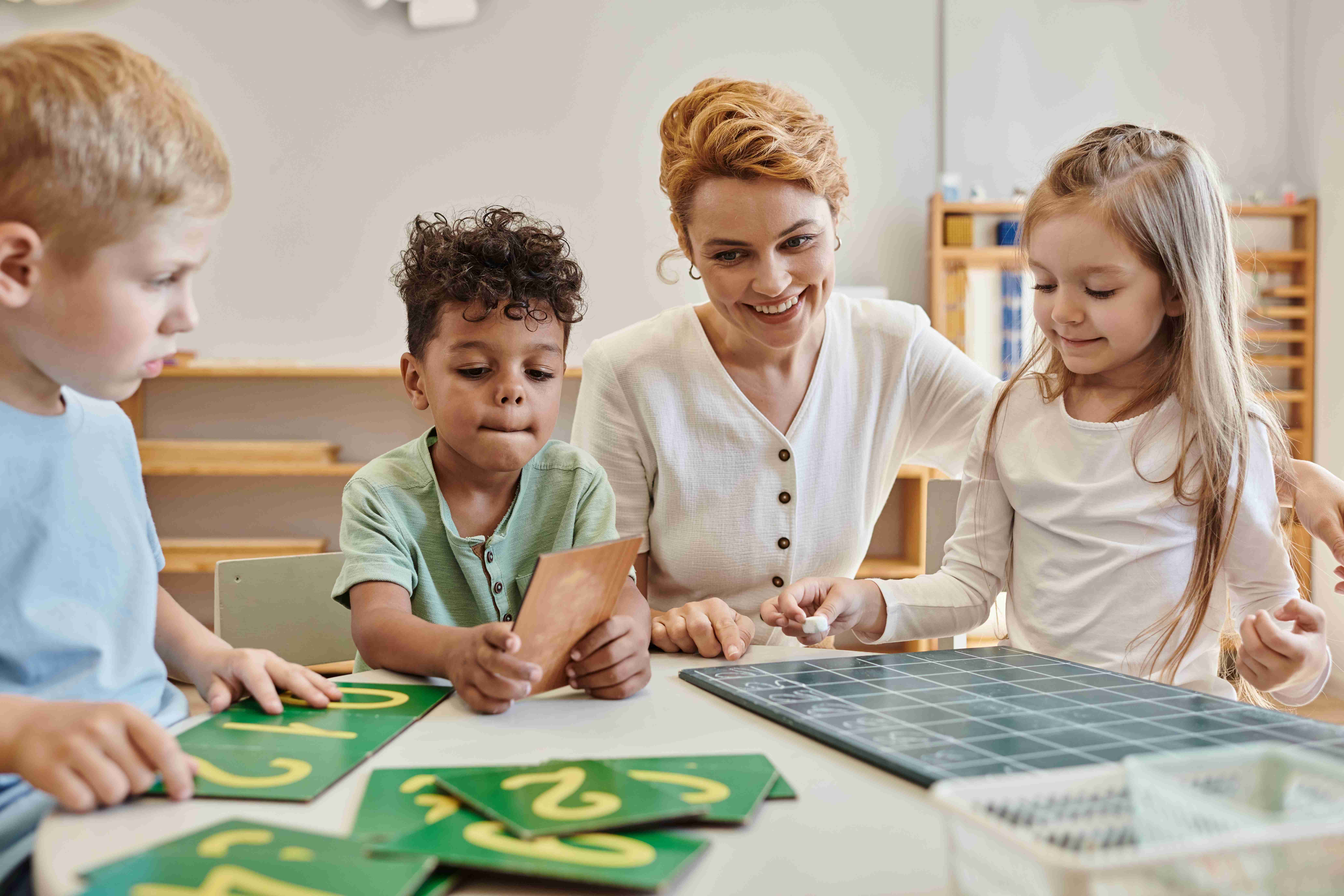Sitting is an amazing moment for your infant: it marks a step towards becoming a toddler, and a major sign of your infant’s growing development. Being able to sit up is no easy feat – it requires crucial coordination of several different large motor skills which can occur at different times in your infant’s growth.So, how do you prepare your infant for sitting? How do you know when your infant is ready? We’ve answered all your questions and more in our comprehensive guide to the development milestone of sitting:

How To Prepare Your Infant For Sitting
One of the biggest things to keep in mind while preparing your infant for sitting? It’s not a race! There’s no rush to get your infant to sit and it can really occur at any time in your infant’s first year of development.
Sitting requires some major coordination on the part of your infant – it’s a pretty big deal. Their balance, trunk muscles, and ability to support their own head all come into play. To better prepare your infant for this big moment, you need to make sure that you’re giving them adequate time to explore their environment while lying on the ground on their tummy. Your infant needs to be able to develop muscle groups in their back, neck, and abdomen, and spending time on their tummy will really help in this process. Be sure to change their position often, keep them supported with a pillow, and always keep them supervised.
Getting Close To The Milestone
At around 4 months, your infant should start showing signs that they’re getting more and more ready for sitting. They should be able to support the weight of their own head and might start looking side to side while on their tummy to get a better view of the world around them.
At this point, you can try propping up your infant in a sitting position using pillows as support. It’s very important to keep your infant under constant supervision during this stage in the process as well as your infant may still teeter over. It’s totally normal for your infant to not be able to support themselves at this point, but you need to stick with it so that they can learn how to be confident in this position.
Almost There
Around six months, your infant should be getting more and more comfortable being seated while supported by pillows. Although your infant will still occasionally tumble over, they should be able to hold a sitting position for a few seconds at a time on their own. You will notice slow, but steady progress in your infant’s ability to support themselves.
It’s crucial for your infant to begin understanding balance and developing a sense of balance for themselves. To do this, you can help your infant by sitting with them and supporting them or propping them up on couches and chairs. Your infant will gain the sensation of balance while also feeling that they are balancing themselves to some degree. This will help give your infant that extra confidence boost in their development.
You may notice that your infant will be almost sitting at this point while still supporting themselves with outstretched arms and hands on the ground. This half-crawl/half-sit pose is known as the ‘tripod sit’ and is a very important step in your infant’s independence. It’s a great indication that your infant is on-track to be sitting by themselves in no time.
How We Help Your Infant With Sitting
At Childventures, our robust and comprehensive Infant Early Learning Program has an in-depth curriculum that will not only set your infant up for academic success, but also help them at every step of their physical development. We have a team of highly trained, compassionate staff and educators that are dedicated to your infant’s health and safety and have a depth of childcare and early infanthood development experience.
Not only do we provide a positive, nurturing environment for your infant, but we also give them exceptional one-on-one supervision that will help them learn and grow with their unique set of needs in mind. You can rest assured that your infant will be in great hands – we’ll provide you with daily updates on their progress and you’ll even be given access to a webcam which will allow you to track your infant’s development in real time. We’ll work with your infant at their pace and on their schedule.
Have any more questions about how you can ensure your infant is getting the best care possible? Contact us today to book a tour.


